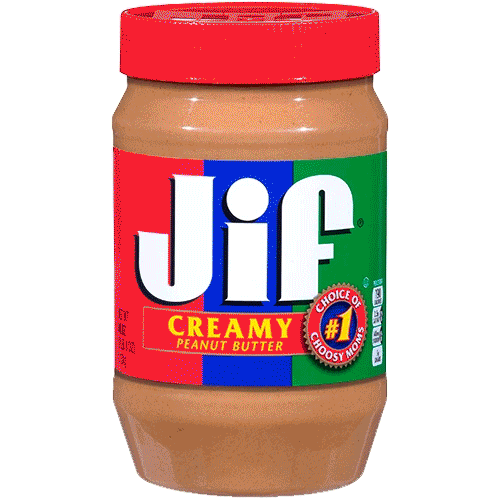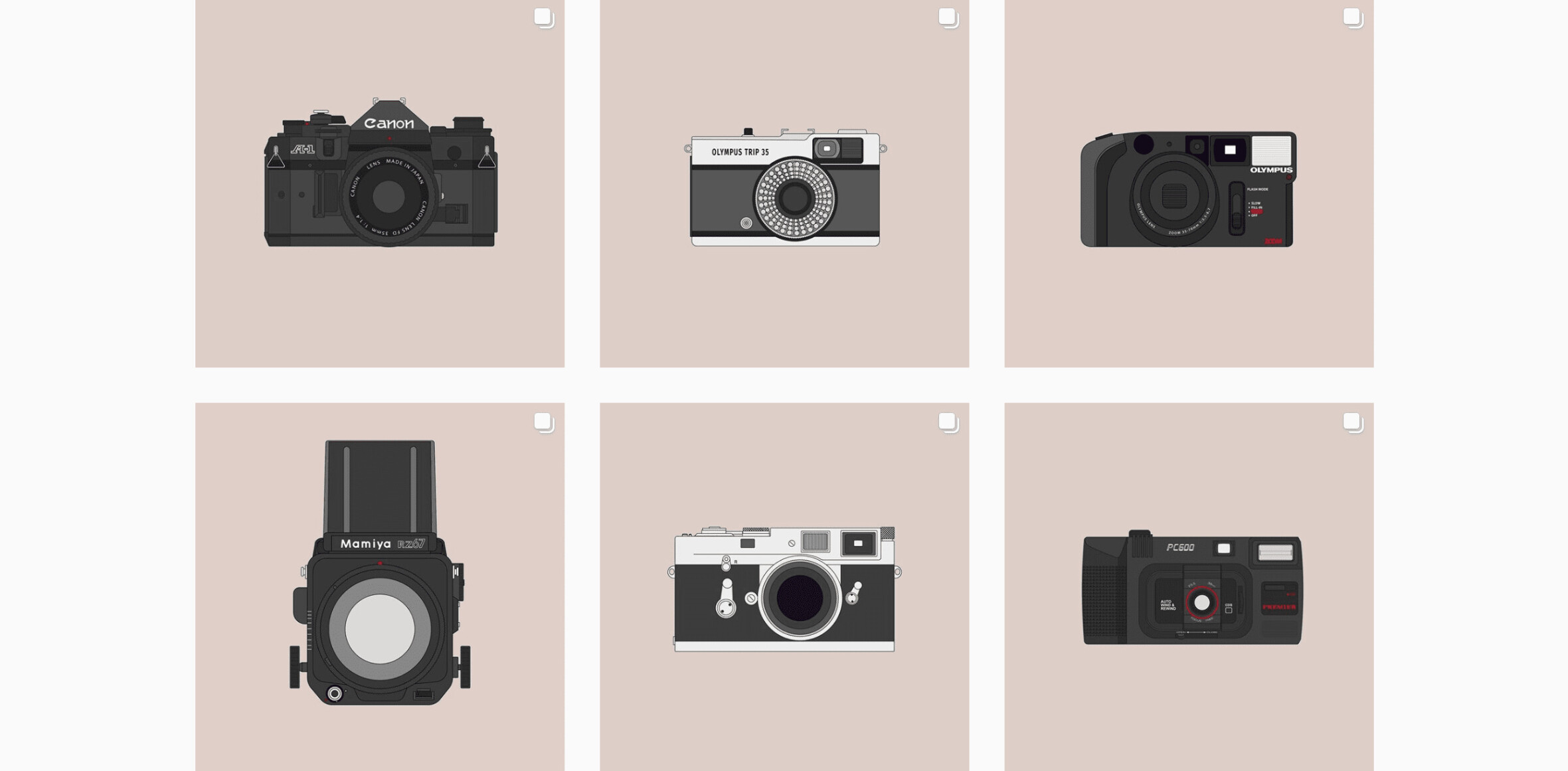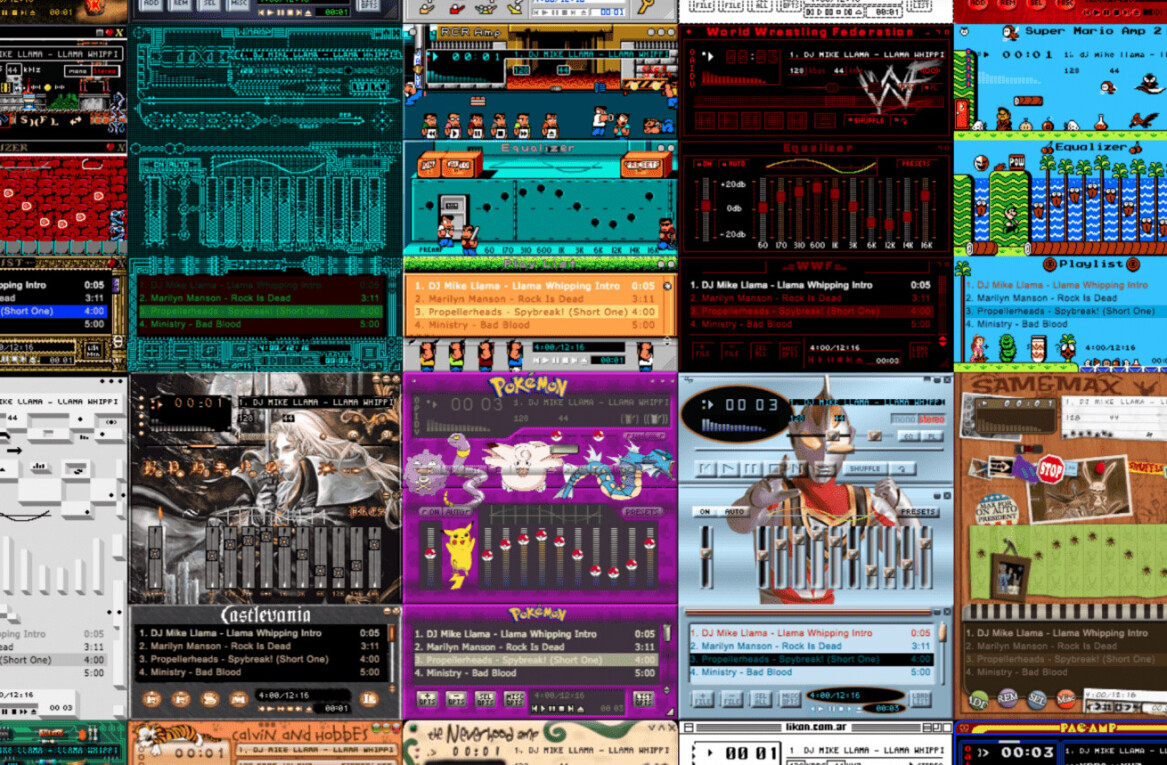
Adam Leibsohn is the COO of Giphy. He recently spoke at TNW Conference in New York. Our next event is our Flagship conference in Amsterdam.
Since the advent of mass media, humans have frequently used catch phrases, song lyrics, movie quotes and famous gestures to make simple points. We do so because it creates instant bonds through common knowledge, while solidifying our own identity through a declaration of interest.
Yet how do we communicate most often in 2015? Texting. It’s hard to think of a medium of human expression that is more prevalent and less well-suited to conveying the individuality that makes communicating fun. Proof of this can be found in the ways that we’ve attempted to hack texting to endow it with extra meaning: emoticons were one, and their great-grandchild emoji are another. ?
While emoji are great and an expressive medium, the one thing they aren’t great at is making the sender or receiver feel unique. Which is tough because mobile communication isn’t going anywhere – in fact, it’s eating the world entirely.
There is a solution though. The medium in question has been around since the early days of the internet and may hold the key to the future of communication. More than that, it could be the way that we will all consume information going forward.

Let’s unpack that piece by piece.
It might have started with reaction GIFs, internet shorthand intended to express a response to a prompt. But from that relatively niche beginning, the GIF has become the go-to language for visual expression online. It’s how we cut up cultural output into digestible parts and consume it on social networks. It’s how we recap the best moments from TV shows and scrutinize them ad nauseum.
Take the fun world of politics. Let’s say you didn’t have eleven hours to watch Hillary Clinton get questioned about the Benghazi Attacks on the US Embassy. Not to worry, because you undoubtedly caught this GIF:

In a few short seconds you understand everything you need to know. The mixture of frustration, derision and slight amusement is all there. And what’s more, when you need to curtly let your friend know that you don’t care about their criticism of your life choices, Hillary will be there brushing her shoulder off for you, in your texts. Our political culture is repurposed for personal communication, as told through GIFs.
Take Sports, Movies, TV Shows, Politics and yes even adorable kittens. If there’s a moment that has the potential to express an emotion, there’s a GIF for it. And if there’s a GIF for it, it’s on Giphy. We have built an incredible company around searching for and sharing every animated GIF on the web. It’s been pretty fun, and it’s just the beginning.
So what’s next? Data. Super boring data. Like the weather or the rate of inflation. While these might seem like boring collections of numbers, each data point has a context. Take the price of a public stock for example. Today’s price is just a number. But the context is more interesting. It’s above or below yesterday’s price – and maybe it’s way above or below the price a year ago.
We see a future where we can take all the information in the world, figure out the context and add meaningful cultural content to it. How? By mashing it up with a relevant GIF.
So next time you search a stock and you see the price overlaid on top of it:

…you’ll know that we were on to something. This might sound crazy, but so did building the world’s largest search engine for GIFs three years ago.

➤ Catch speakers like Adam at TNW Conference in Amsterdam, May 2016.
Get the TNW newsletter
Get the most important tech news in your inbox each week.





